5. Lethal Weapon 2 (1989)
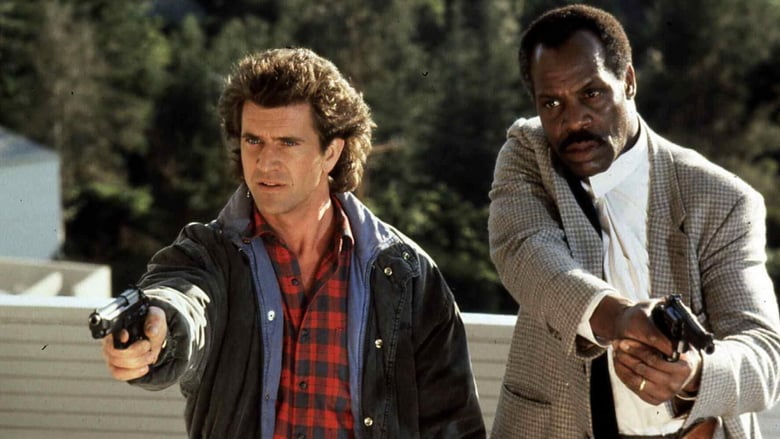
Expectations were high for Lethal Weapon 2, as the first film was not only one of the greatest action films of the 1980s, but one of the defining buddy cop movies of all-time. Thankfully, Lethal Weapon 2 was the rare sequel that lived up to the original, mostly because it kept the central dynamic between Mel Gibson and Danny Glover going. While the established repertoire between the two allowed the film to be faster and looser with its comedy, the film doesn’t evade the inherent dramatic tension, as it deals with Riggs trying to get revenge on the men that were responsible for his wife’s death.
Although the first film set a high precedent with its memorable villain, Lethal Weapon 2 also had a memorable antagonist in Arjen Rudd (Joss Ackland). The film was also notable for the inclusion of Joe Pesci as the federal witness Leo Getz, whose obnoxious behavior helped to further shake up the dynamic between the characters.
4. License to Kill (1989)
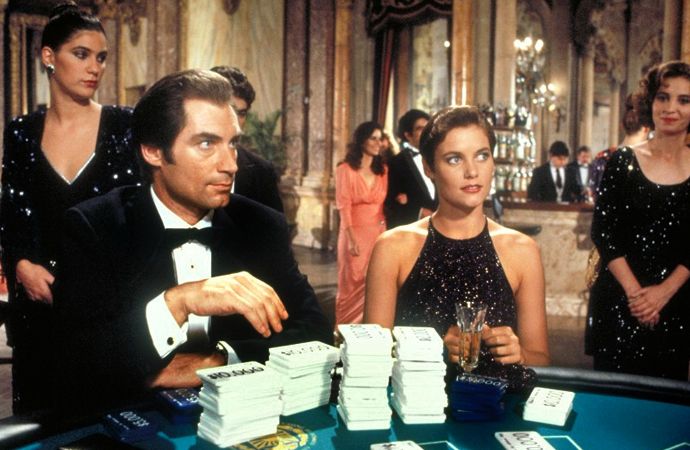
Timothy Dalton only got to star in two films as James Bond; while his first film, The Living Daylights, was an entertaining rejuvenation of the series, it suffered from a somewhat confused tone that was caught between the more over the top elements of the Roger Moore films and the darker sensibilities of the original Ian Fleming novels. Thankfully, Dalton’s second film License to Kill fully embraced the darker tone, as it followed a darker story involving Bond working outside of MI6 to get revenge on the criminals that murdered the wife of his friend Felix Leiter.
Dalton had established himself as a fan of the Fleming novels and delved deeper into the psychology of Bond, showing how his profession prevented him from having any sort of normal life. It’s among the most violent and action packed Bond films, and instead of featuring an over the top nuclear villain plot, the film dealt with more realistic villains who were caught in a drug war. It’s unfortunate that Dalton never got the chance to star in a third iteration as Bond, but his tenure as a more serious 007 is credited as helping to inspire Daniel Craig’s interpretation of the character.
3. Star Trek III: The Search for Spock (1984)
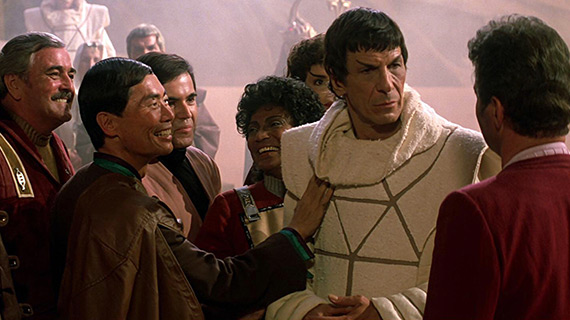
Star Trek III: The Search for Spock had a difficult task, as not only did it have to follow up the success of Wrath of Khan, which is largely considered to be the best of the series, but it had to find a plausible and satisfying way to reintroduce Spock into the series after his death. Thankfully, Search for Spock kept the integrity of Kirk and Spock’s relationship intact, making for a heartfelt reunion.
While William Shatner is often criticized for his performances, he delivers some of his strongest work ever here, as Kirk is more vulnerable than he’s ever been before; while the plot revolves around retconning Spock’s death, it isn’t emotionally toothless, as Kirk must face the death of his son at the hands of the Klingons and the sacrifice of the Enterprise in order to save his friend. Featuring another great score from James Horner and a memorable villain in Christopher Lloyd’s Kruge, Search for Spock was an outlier in the perception that the odd numbered Trek films are the worst.
2. Superman II (1980)
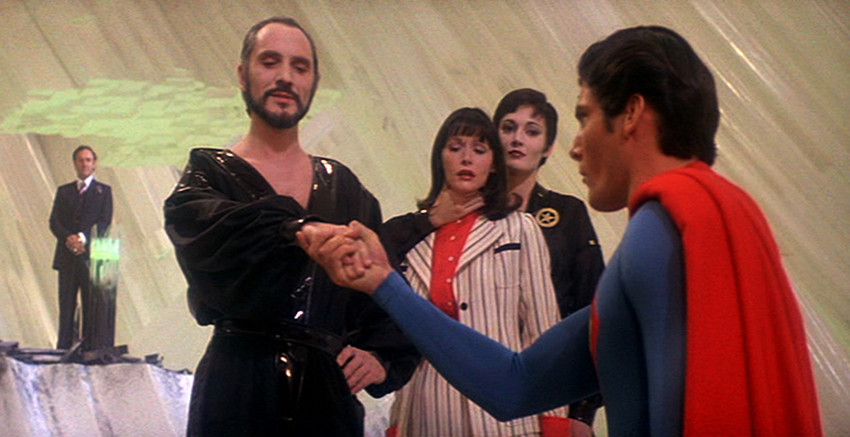
1978’s Superman: The Movie was the film that proved that superhero films could work, and is responsible for much of the comic book movie craze that exists currently. However, the 1980 sequel Superman II is perhaps even better, as it forced Christopher Reeve’s Clark Kent to consider what his life would look like if he was freed from his responsibilities as the Man of Tomorrow. While the prospects of a life with Lois Lane (Margot Kidder) are seductive, the film’s themes revolve around Superman once again accepting his destiny and reemerging as the world’s greatest hero.
Gene Hackman returned as the villainous Lex Luthor, but Superman II also introduced a much more imposing antagonist in General Zod (Terrence Stamp), a survivor of Krypton’s destruction who sets out on a quest to conquer Earth. While the film retains the comic charm of Reeve’s performance, it wasn’t afraid to embrace darker themes, as Clark Kent is faced with the consequences of his own mortality after he forsakes his powers. Some fans prefer the director’s cut from Richard Donner, who was fired mid production and replaced with Richard Lester, but regardless of the version, Superman II is the best Superman film to date.
1. Star Wars: Episode VI- Return of the Jedi (1983)
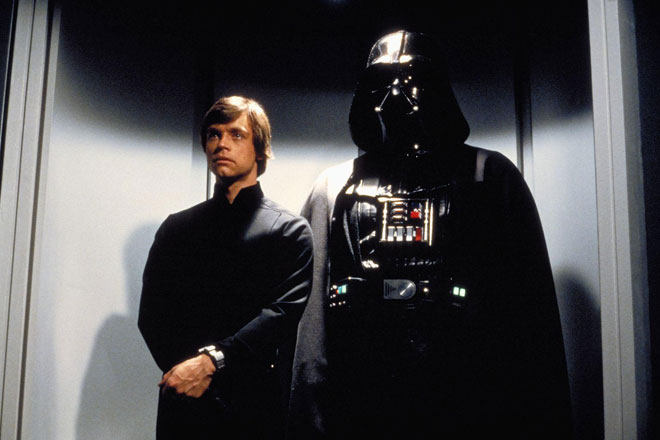
Often derided as the weakest of the original Star Wars trilogy, Return of the Jedi is wholly undeserving of the negative reception that it has garnered since its release in 1983. The film successfully brought the series to close on a lighter, more positive note, but the more outwardly silly elements (such as the Ewoks and their battle against the Empire) don’t deter from the film’s thematic core, which is the battle for Darth Vader’s soul. The first appearance of Ian McDiarmid as Emperor Palpatine doesn’t disappoint, and the climactic final battle between Luke and Vader remains one of the greatest sequences in the Star Wars franchise.
At this point in the series, the characters had truly evolved, with Luke Skywalker emerging as a Jedi Knight more confident in his abilities, as seen in the epic battle with Jabba the Hutt’s guards in the film’s early scenes. However, he’s still a conflicted hero, and seeing Luke wrestle with his darker traits allowed Mark Hamill to deliver one of his best performances ever as the character. The crowd pleasing elements, including the conclusion of Han and Leia’s romance and the intricately staged final battle, don’t deter from the central drama and theme of redemption, and Return of the Jedi is wholly undeserving of the slander it has received.